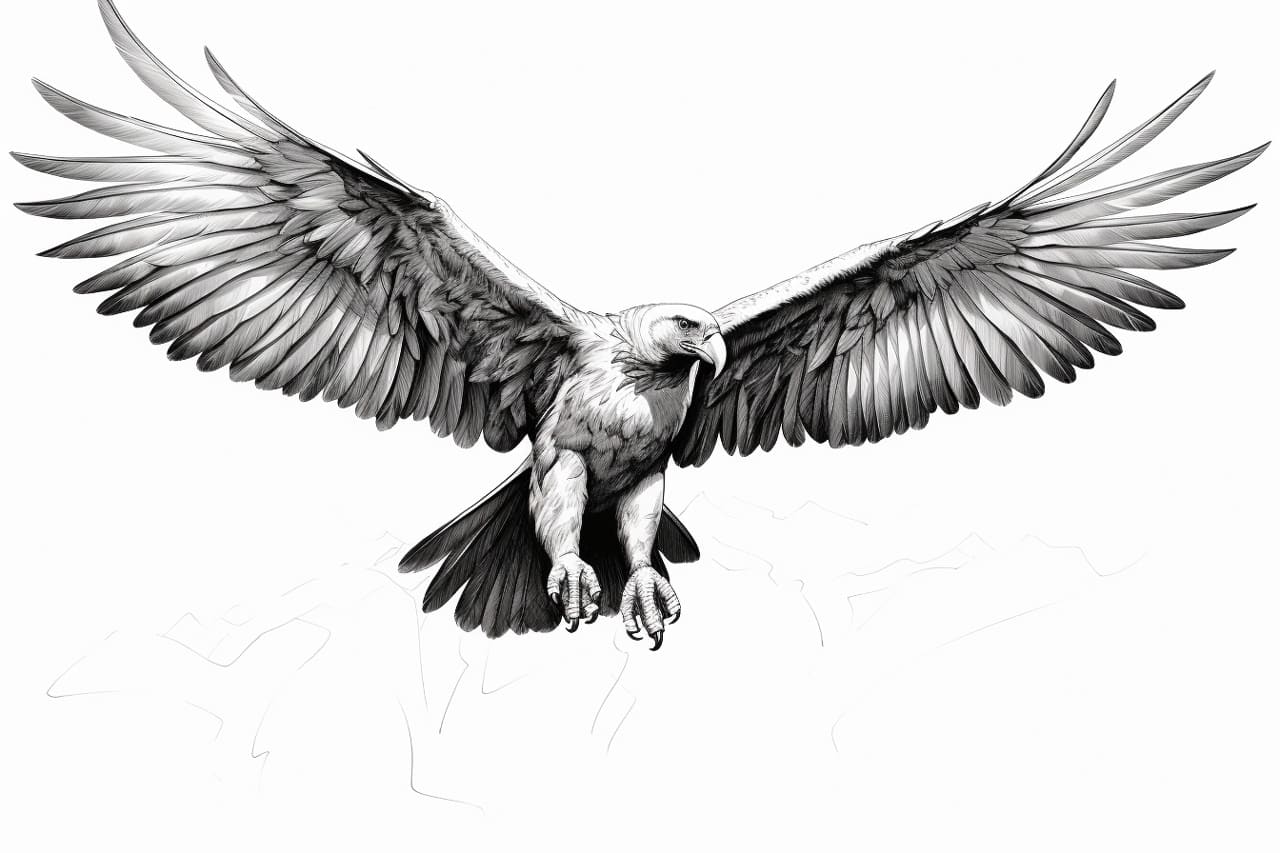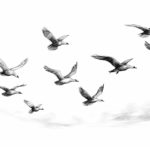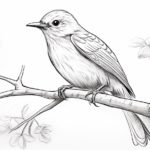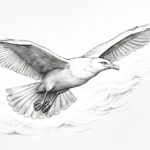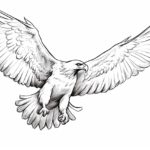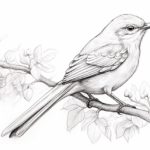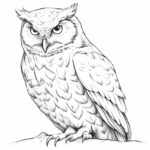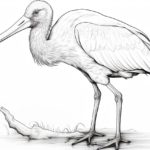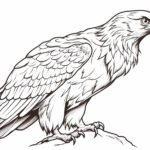Drawing a condor is a fascinating artistic endeavor that allows you to capture the majestic beauty and impressive wingspan of this iconic bird. With its striking black plumage, distinctive white markings, and powerful presence, the condor is a captivating subject for artists of all skill levels. In this guide, we will explore the key features and characteristics of the condor, providing you with the knowledge and techniques needed to create a stunning and lifelike representation of this magnificent creature. So grab your sketchbook and pencils, and let’s soar into the world of drawing the mighty condor!
Materials Required
To draw a Condor, you will need the following materials:
- Drawing paper or sketchbook
- Pencils (HB, 2B, 4B, and 6B for shading)
- Eraser (kneaded eraser works best for lifting graphite)
- Sharpener
- Blending stump or tortillon for blending and shading
- Reference photo of a Condor for accuracy
- Optional: colored pencils or markers for adding color to your drawing
These materials will help you create a detailed and realistic drawing of a Condor.:
How to Draw a Condor: a Step-by-step Guide
Step 1: Gather Your Materials
Gather all the necessary materials before starting your drawing. This includes a pencil, eraser, drawing paper, and any coloring materials you may want to use.
Step 2: Start with Basic Shapes
Begin by lightly sketching the basic shapes of the condor. Start with an oval for the body and a smaller oval for the head. Add a smaller oval for the beak and two circles for the eyes. Use light, loose lines at this stage.
Step 3: Refine the Outline
Refine the outline of the condor by adding details such as the wings, tail, and feet. Condors have large wingspans, so make sure to capture the size and shape of the wings accurately. Add the details of the feathers on the body and wings.
Step 4: Add Facial Features
Now, focus on adding details to the condor’s face. Define the shape of the beak and add a nostril. Draw the eyes with a small pupil and highlight to give them a lifelike appearance. Add any other facial features you want to include.
Step 5: Shade and Texture
Start shading the condor to give it volume and texture. Use light shading for the lighter areas and darker shading for the shadows. Pay attention to the direction of the feathers and add texture by creating fine lines to mimic the feathers.
Step 6: Finalize Details
Once you are satisfied with the overall shape and shading of the condor, go over your drawing and make any necessary adjustments. Erase any stray lines and refine the details to make the drawing more polished.
Step 7: Add Color (Optional)
If you want to add color to your drawing, use colored pencils, markers, or paints to bring your condor to life. Pay attention to the natural colors of a condor, such as black and white, and add shading and highlights to create depth.
Step 8: Final Touches
After adding color, take a final look at your drawing and make any last-minute adjustments. Ensure that all the details are in place and that the overall composition is balanced and well-executed.
Step 9: Sign and Date
Finally, sign and date your drawing to mark it as your own creation. Congratulations, you have successfully drawn a condor!
Conclusion
Great job on completing your drawing of the Condor! You have shown great attention to detail and skill in capturing the essence of this magnificent bird. Keep practicing and exploring your creativity, as your talent is evident in your work. Remember, art is a journey of self-expression and growth, so continue to push yourself and never stop creating. Keep up the excellent work!
Fun Facts About Condors
- The California Condor is the largest land bird in North America, with a wingspan that can reach up to 9.5 feet.
- Condors are known for their impressive soaring abilities, using thermal air currents to stay aloft for hours without flapping their wings.
- These birds are scavengers, feeding on carrion (dead animals), and play a vital role in their ecosystems by cleaning up and recycling decaying flesh.
- Condors are highly social birds and can often be seen roosting, feeding, and flying in groups.
- They are incredibly long-lived birds, with a lifespan of up to 60 years in the wild.
- California Condors were on the brink of extinction in the 1980s, with only 27 individuals left in the wild. Thanks to conservation efforts, their population has slowly been recovering.
- Condors have a unique way of cooling themselves down in hot weather by defecating on their legs, a process known as urohidrosis.
- These birds have a keen sense of smell, which helps them locate food from great distances.
- The Andean Condor, found in South America, is the largest flying bird in the world by combined measurement of weight and wingspan.
- Condors have been revered and featured in the mythology and cultures of indigenous peoples in North and South America for centuries.
Suggestions for Scenes and Settings for Condor Drawings
Certainly! Here are some scene and setting suggestions for drawings of a Condor:
- High Andes Mountains: Show the Condor soaring majestically over the rugged peaks of the Andes, with a clear blue sky in the background.
- Patagonian Grasslands: Depict the Condor gliding gracefully over the vast expanses of the Patagonian grasslands, with snow-capped mountains in the distance.
- Amazon Rainforest: Illustrate the Condor perched on a branch in the dense canopy of the Amazon rainforest, with colorful birds and lush greenery all around.
- Coastal Cliffs: Show the Condor gliding along the dramatic coastal cliffs, with crashing waves below and a setting sun on the horizon.
- Desert Oasis: Capture the Condor soaring above a desert oasis, with palm trees, a tranquil pool of water, and sand dunes stretching into the distance.
- Historic Ruins: Illustrate the Condor flying above ancient ruins, such as Machu Picchu or Chichen Itza, with a sense of mystery and history in the background.
- Urban Landscape: Depict the Condor soaring above a bustling cityscape, with skyscrapers and city lights creating a modern and dynamic backdrop.
- Arctic Tundra: Show the Condor in a winter setting, flying over the snowy expanse of the Arctic tundra, with icy mountains and a polar bear in the background.
These scene and setting suggestions can provide a variety of backdrops for your drawings of Condors, allowing you to explore different environments and moods in your artwork.

